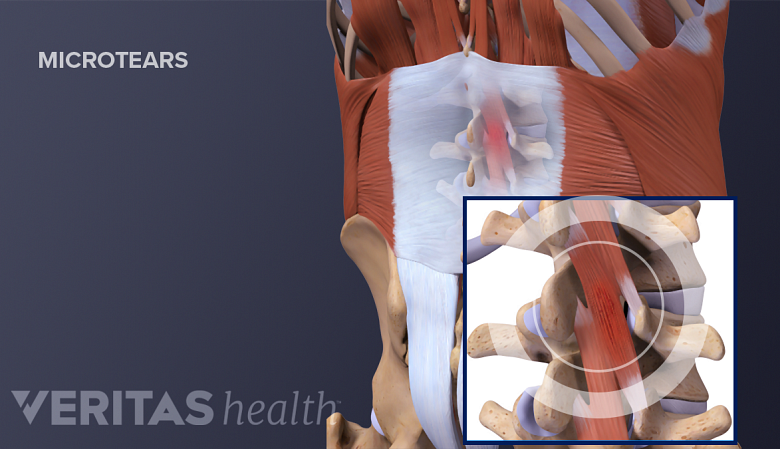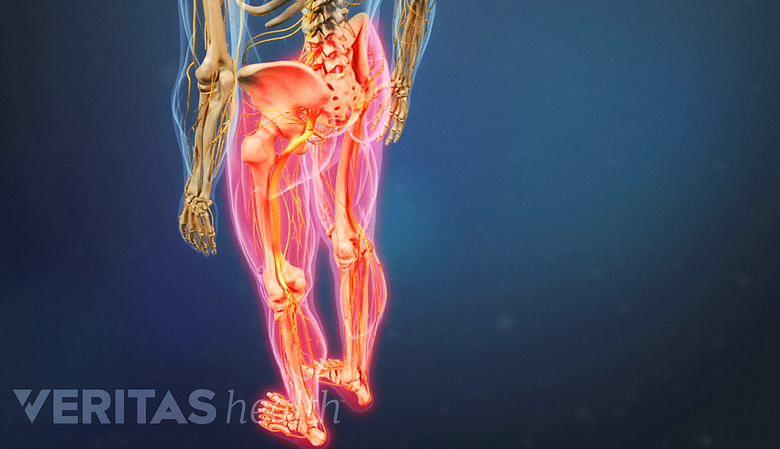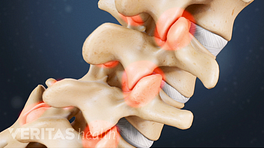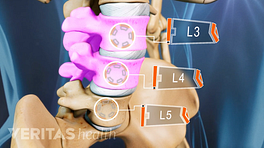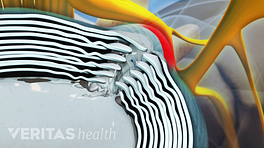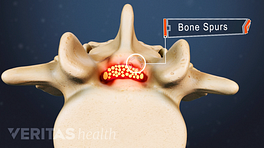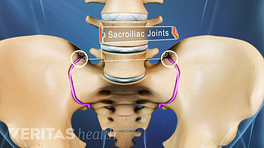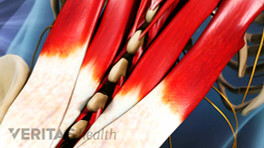When determining the underlying cause of low back pain, both the type of low back pain (a description of how the pain feels) and the area of pain distribution (where the pain is felt) help guide the physician in making a preliminary diagnosis and determining the appropriate treatment plan.
See Special Considerations for a Neck or Back Pain Diagnosis
In This Article:
- Understanding Low Back Pain (Lumbago)
- Diagnosing the Cause of Lower Back Pain
- Axial Back Pain: Most Common Low Back Pain
- Low Back Pain with Referred Pain
- Lumbar Radiculopathy
- Video: What is Lumbago?
Accurate Diagnosis of the Cause of Lower Back Pain
Lower back pain caused by a soft tissue injury often heals on its own.
Getting an accurate diagnosis of the cause of low back pain is often more challenging than many people expect and often will involve a combination of a thorough patient history and physical exam as well as diagnostic tests. The history and physical exam are used to help determine if a patient’s lower back pain is more likely to be caused by a soft tissue (muscle, ligament or tendon) problem that will likely heal itself or a more serious underlying medical condition, such as fracture, infection or tumor.
By the time a physician orders any diagnostic tests such as an x-ray or MRI scan, he or she will usually have a strong suspicion as to the probable cause of the patient’s low back pain and the diagnostic test is used to confirm it and provide more detail.
See also Getting an Accurate Back Pain Diagnosis
When Back Pain Is a Medical Problem
Severe weakness and numbness in the legs indicate a medical emergency.
It is important to note that patients with the following symptoms could have a serious medical condition and should be evaluated immediately:
- Fever and chills
- History of cancer with recent weight loss (or unexplained weight loss)
- Severe trauma
- Significant leg weakness
- Sudden bowel and/or bladder incontinence – either difficulty passing urine or having a bowel movement, or loss of control of urination or bowel movement
- Severe, continuous abdominal pain and back pain
Serious conditions related to back pain are relatively rare, however. For most people, a thorough diagnosis will result in determination of one of three types of pain:
- Axial low back pain
- Referred pain
- Radicular pain
The rest of this article discussed each of these types of low back pain and related pain both in terms of areas of pain distribution, symptoms, and types of treatment.

